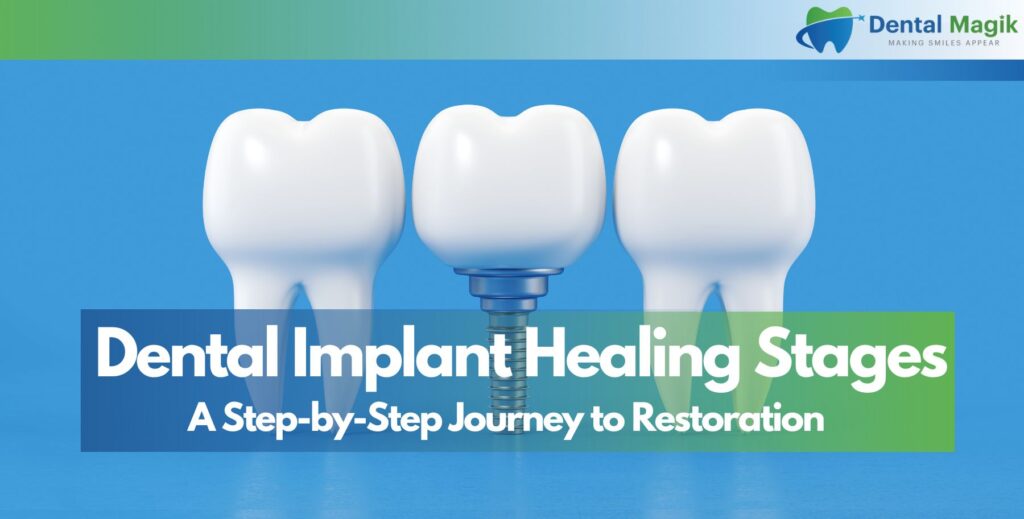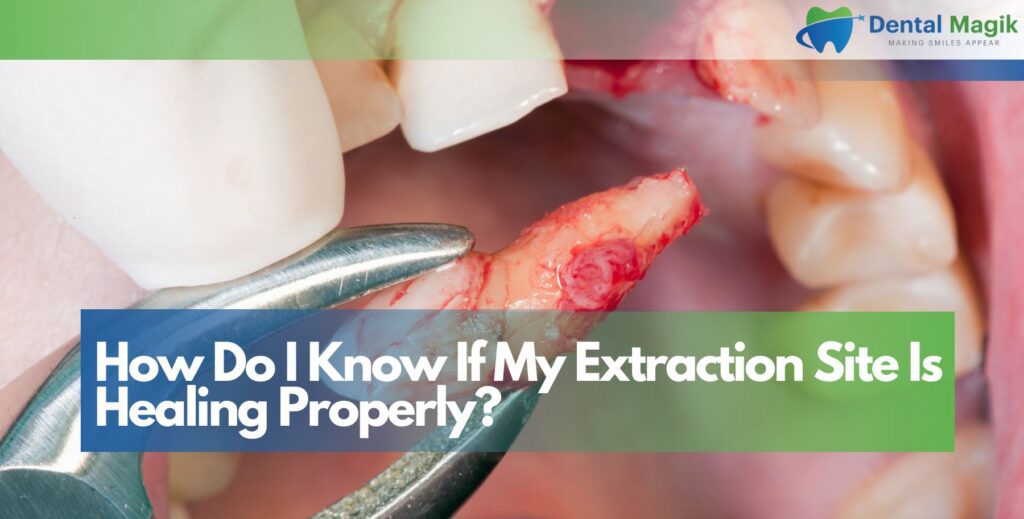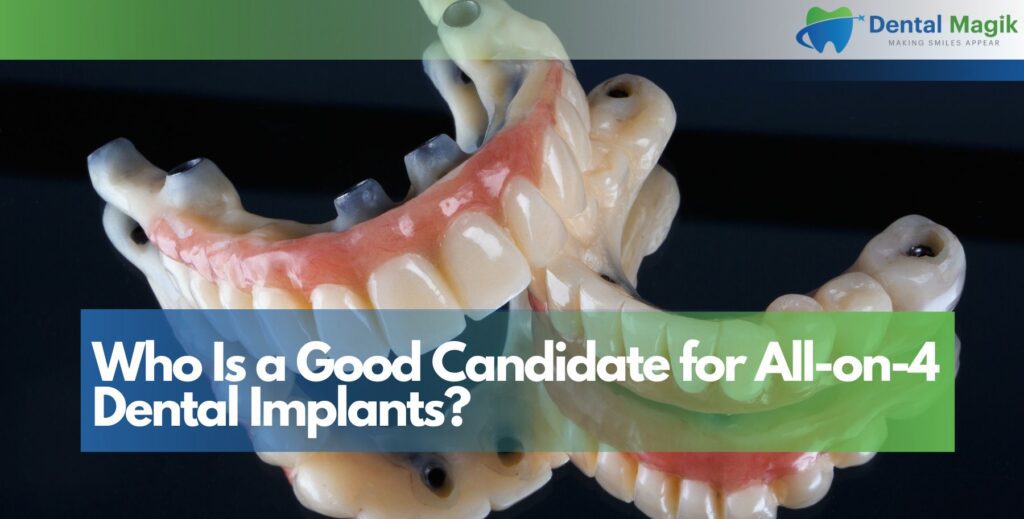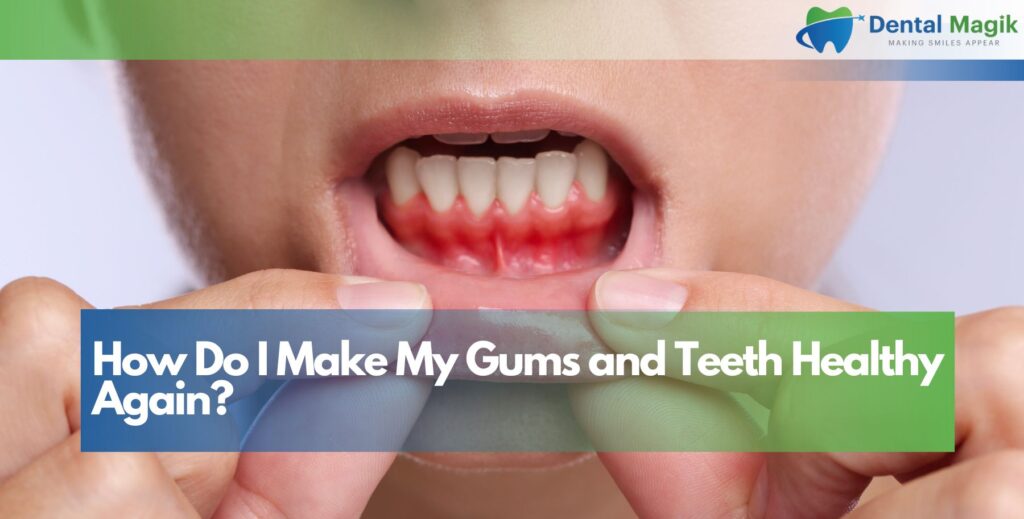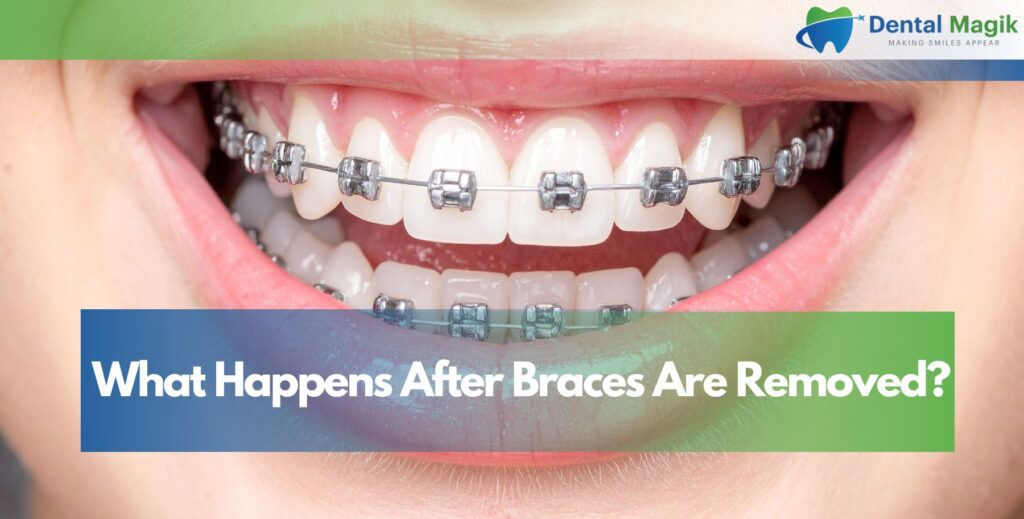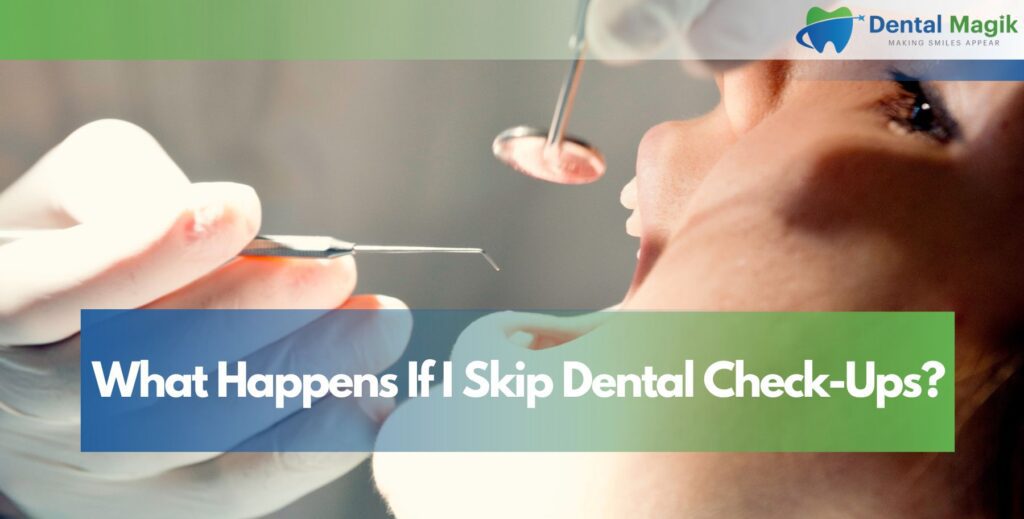Dental implants are a transformative solution for individuals dealing with tooth loss. They not only restore the function of natural teeth but also improve aesthetics and boost confidence. However, the process of getting a dental implant is not instantaneous. It involves multiple stages of healing and integration to ensure long-term success and functionality. This article provides an in-depth exploration of the dental implant healing stages, helping you understand what to expect and how to optimize your journey toward restoration.
What are Dental Implants?
Dental implants are titanium or zirconium posts surgically placed into the jawbone to serve as artificial tooth roots. They provide a sturdy foundation for replacement teeth, such as crowns, bridges, or dentures. The success of dental implants relies heavily on the healing process, during which the implant integrates with the bone in a process called osseointegration. This journey can span several months, depending on individual factors such as bone quality, oral health, and adherence to post-operative care guidelines.
Understanding the healing process is crucial for patients considering dental implants. Let’s delve into the step-by-step stages of dental implant healing and restoration.
Stage 1: Initial Consultation and Treatment Planning
Before the surgical procedure, a comprehensive evaluation is conducted to determine the patient’s suitability for dental implants. This stage involves:
- Oral Examination: The dentist evaluates the condition of your teeth, gums, and jawbone.
- Imaging: X-rays and 3D imaging (CBCT scans) are taken to assess bone density and identify anatomical structures.
- Medical History Review: Your overall health and medications are reviewed to ensure no contraindications exist.
- Treatment Plan: A tailored plan is developed, outlining the number of implants, the type of restoration, and any preparatory procedures like bone grafting or sinus lifts.
This stage is essential for setting the foundation for a successful implant procedure.
Stage 2: Preparatory Procedures (If Necessary)
In cases where the jawbone lacks sufficient density or volume to support an implant, preparatory procedures may be required:
- Bone Grafting:
- Bone grafting involves augmenting the jawbone with synthetic material, donor bone, or bone from another part of the patient’s body.
- Healing time: 4-6 months before proceeding with the implant surgery.
- Sinus Lift:
- Performed when the upper jaw lacks sufficient bone due to proximity to the sinus cavity.
- Healing time: 4-9 months, depending on the extent of the lift.
These procedures are critical to creating a stable foundation for implant placement.
Stage 3: Implant Placement Surgery
The implant placement surgery is a minimally invasive procedure performed under local anesthesia, sedation, or general anesthesia, depending on patient preference and complexity. The steps include:
- Incision and Preparation:
- A small incision is made in the gum tissue to expose the underlying bone.
- A pilot hole is drilled in the bone to guide implant placement.
- Implant Insertion:
- The implant is carefully inserted into the prepared site.
- The surgeon may place a healing cap or cover screw to protect the implant.
- Suturing:
- The gum tissue is sutured to promote healing.
This stage typically takes 1-2 hours per implant, depending on complexity.
Stage 4: Osseointegration (Healing and Bone Integration)
Osseointegration is the most critical stage of the dental implant healing process. During this phase, the surrounding bone gradually grows around and fuses with the implant. This biological bonding process ensures stability and durability.
Timeline:
- Duration: 3-6 months, depending on individual healing capacity, bone density, and overall health.
Key Factors:
- Bone Quality:
- Denser bone tends to integrate faster than softer bone.
- Patient Health:
- Conditions like diabetes or smoking can prolong healing.
- Compliance:
- Adherence to post-operative instructions, such as avoiding pressure on the implant site, is crucial.
Signs of Progress:
- Minimal discomfort and swelling after the initial post-operative period.
- Gradual improvement in the stability of the implant site.
During this stage, regular follow-up visits are scheduled to monitor the healing process.
Stage 5: Abutment Placement
Once osseointegration is complete, the next step is to place the abutment, which connects the implant to the final restoration. This minor procedure involves:
- Exposing the Implant:
- A small incision is made in the gum to access the implant.
- Attaching the Abutment:
- The abutment is screwed onto the implant.
- Healing caps may be used to shape the gums for the final crown.
Healing Time:
- 1-2 weeks for the gums to heal around the abutment.
This stage prepares the implant site for the final restoration.
Stage 6: Final Restoration
The final stage involves placing the permanent prosthetic tooth (crown, bridge, or denture) onto the abutment. This step is both functional and aesthetic, restoring the appearance and utility of your teeth.
Steps:
- Impressions:
- Detailed impressions are taken to fabricate the custom restoration.
- Fabrication:
- The prosthetic tooth is crafted in a dental lab to match the size, shape, and color of your natural teeth.
- Placement:
- The dentist ensures a perfect fit before permanently attaching the restoration.
Once completed, the dental implant looks and functions like a natural tooth, marking the end of the healing journey.
Key Considerations During Healing
Managing Discomfort:
- Swelling and mild pain are common during the initial healing stages.
- Over-the-counter pain medications and cold compresses can alleviate symptoms.
Oral Hygiene:
- Maintain excellent oral hygiene to prevent infection.
- Use a soft-bristled toothbrush and avoid disturbing the surgical site.
Diet:
- Stick to a soft-food diet immediately after surgery.
- Gradually reintroduce harder foods as healing progresses.
Lifestyle Modifications:
- Avoid smoking and excessive alcohol consumption, as these can impede healing.
- Follow all instructions provided by your dentist or oral surgeon.
Potential Complications and How to Address Them
While dental implant procedures have a high success rate (up to 98%), complications can occasionally arise. These include:
- Infection:
- Signs: Persistent swelling, redness, or discharge.
- Solution: Antibiotics and professional cleaning.
- Implant Failure:
- Causes: Poor osseointegration, excessive pressure, or infection.
- Solution: Implant removal and re-evaluation.
- Nerve Damage:
- Signs: Persistent numbness or tingling.
- Solution: Immediate consultation with your dentist.
Promptly addressing complications is essential for long-term success.
Benefits of Successful Dental Implant Healing
When the healing process is successful, dental implants offer numerous benefits, including:
- Natural Appearance:
- Implants mimic the look and feel of natural teeth.
- Improved Functionality:
- Enables comfortable chewing and speaking.
- Bone Preservation:
- Prevents bone loss by stimulating the jawbone.
- Longevity:
- With proper care, dental implants can last a lifetime.
These advantages make dental implants a preferred choice for tooth replacement.
Tips for Optimizing Healing
- Choose an Experienced Provider:
- Select a skilled implantologist to ensure proper placement and minimize complications.
- Follow Post-Operative Instructions:
- Adhere to all care guidelines provided by your dentist.
- Prioritize Follow-Up Visits:
- Regular check-ups allow your dentist to monitor progress and address any issues promptly.
- Maintain a Healthy Lifestyle:
- Good nutrition, hydration, and avoiding harmful habits support faster healing.
Conclusion
At Dental Magik, located in East Brunswick, NJ, we are committed to guiding our patients through every stage of their dental implant journey with precision and care. Our goal is to ensure a smooth healing process and deliver results that restore both function and confidence. As a trusted Dentist in East Brunswick, NJ, we combine advanced techniques with personalized care to meet your unique needs.
If you’re considering Dental implants or want to learn more about the process, explore our recent content for valuable insights. From preparation to the final restoration, we’re here to help you every step of the way. Schedule a consultation with Dental Magik today and take the first step toward a healthier, brighter smile.

